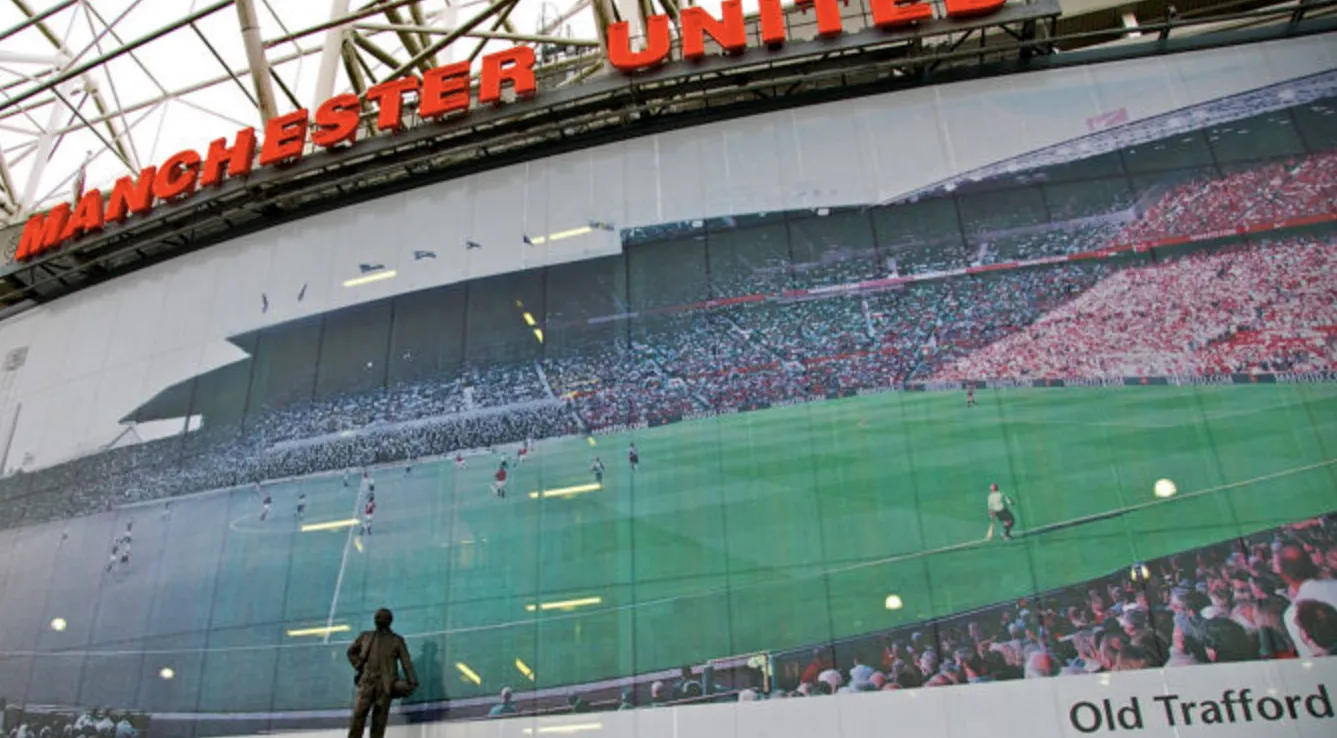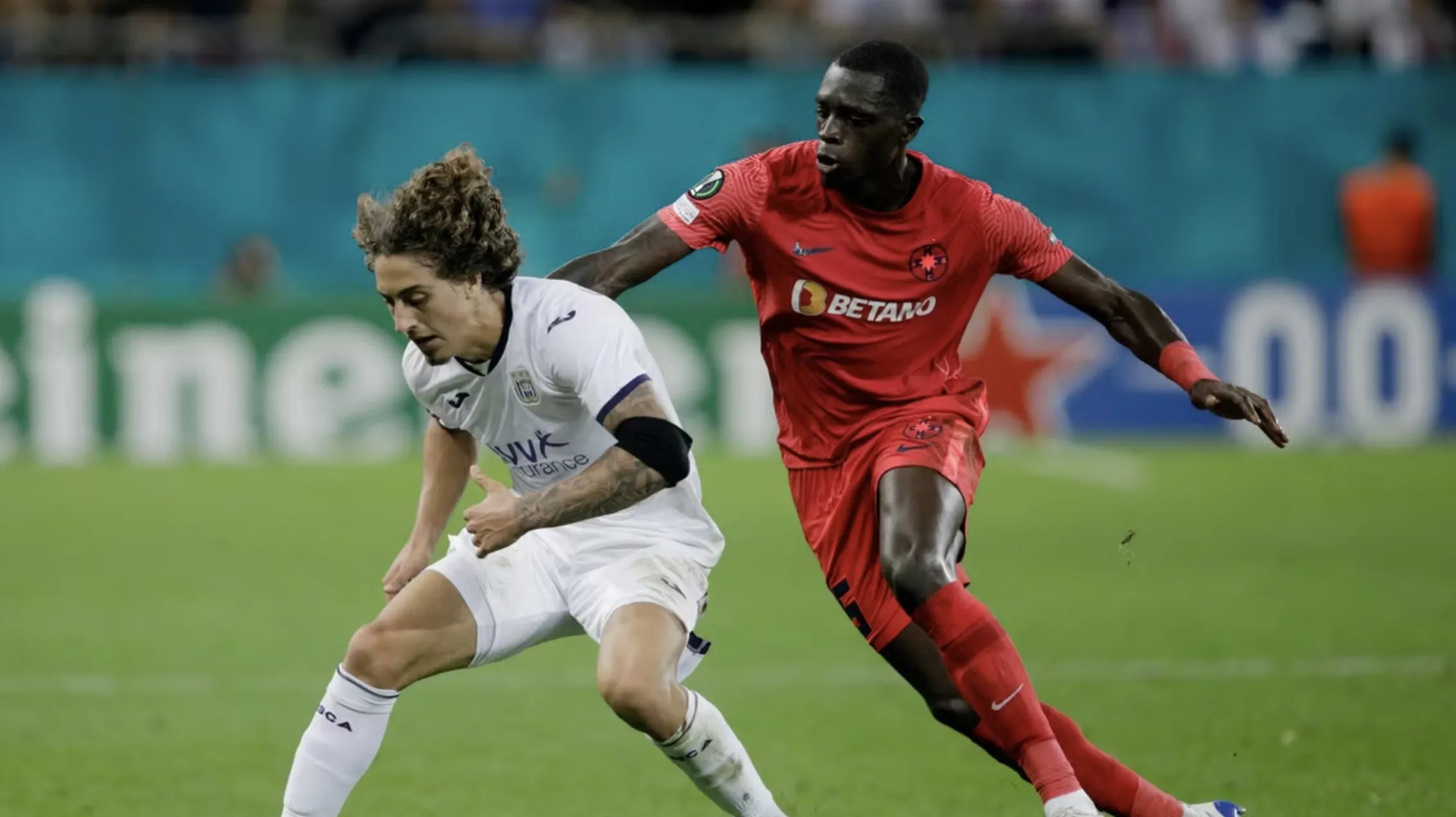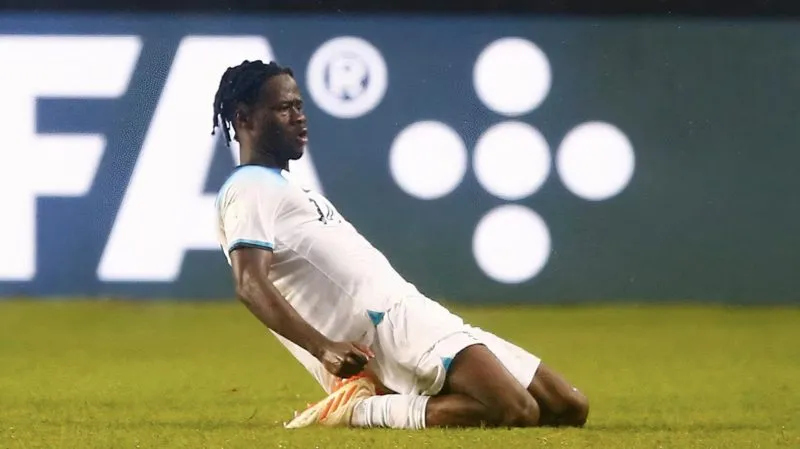What Rob Dillingham Needs to Do to Succeed in the NBA
The Minnesota Timberwolves made a bold move by acquiring Rob Dillingham through a trade with the San Antonio Spurs for the eighth overall pick. Dillingham, a standout player for one season with the Cold Hearts in the Overtime Elite league, followed by a year at Kentucky, quickly became a fan favorite due to his exceptional ball-handling and shot creation skills.
In his single season at Kentucky, Dillingham showed great potential, averaging 15.2 points, 3.9 assists, and 2.9 rebounds per game. Despite Kentucky’s early exit in the NCAA tournament, optimism surrounds his pairing with Anthony Edwards in Minnesota.
Offense
Shooting
Dillingham is one of the most talented offensive prospects in his class, known for his elite dribbling and tough shot-making. He shot an impressive 44.4% from three-point range at Kentucky. However, his shooting struggled in the NBA Summer League, where he managed only 30.8% from beyond the arc and 54.5% from the free-throw line.
The transition from college to the NBA presents a steep challenge, especially for a 6’1″ guard like Dillingham. He will need to adapt his scoring approach against bigger, more skilled defenders. While his shooting efficiency dipped in the Summer League, many players find their rhythm as they adjust to the pro level.
Playmaking
Dillingham is a highlight-reel guard with advanced ball-handling skills. While his facilitation was a weakness in college, he showcased improvement in the Summer League, averaging 7.6 assists per game, including a standout performance with 25 points and 12 assists against the Orlando Magic. However, turnovers remain an issue, as he averaged 3.4 turnovers per game in the Summer League, mirroring his struggles in college (2.0 turnovers per game).
For Dillingham to succeed as an undersized guard in the NBA, he must improve his decision-making and basketball IQ. Striking a balance between scoring and playmaking will be crucial for his game to translate effectively to the next level.
Defense
Due to his size, Dillingham faces challenges on the defensive end. He struggled as an on-ball defender in college and tended to foul frequently, averaging 2.6 fouls per game. Unfortunately, this problem persisted in the Summer League, where he averaged 3.4 fouls per game. On the bright side, Dillingham excels at playing passing lanes, averaging one steal per game in both college and the Summer League.
At the NBA level, Dillingham will need to cut down on fouls while maintaining his ability to generate steals. As a small guard, teams may target him on defense, so it’s vital that he finds ways to stay out of foul trouble while still being aggressive in zone schemes.
The Path Forward
Dillingham is one of the most exciting players from the 2024 NBA Draft class, and his partnership with Anthony Edwards in Minnesota could be highly beneficial. Although Edwards is still young, he can serve as a mentor, helping Dillingham refine his all-around game. Dillingham’s ability to score at all three levels makes him a tough cover for defenders, and if he can continue to improve his playmaking while minimizing turnovers, he could become a nightmare for opposing teams.
On defense, he must avoid foul trouble while continuing to rack up steals. Although he may never become a lockdown defender, Dillingham can still be a valuable contributor in a zone defense. Despite being undersized, other small guards like Jalen Brunson and Trae Young have found great success in today’s NBA, and Dillingham has the potential to follow in their footsteps.
With all the tools at his disposal and the Timberwolves already in playoff contention, Dillingham has a real opportunity to elevate his game and take the team to the next level.
Source: https://lastwordonsports.com/basketball/2024/09/10/what-rob-dillingham-has-to-do-to-be-a-successful-nba-player/








